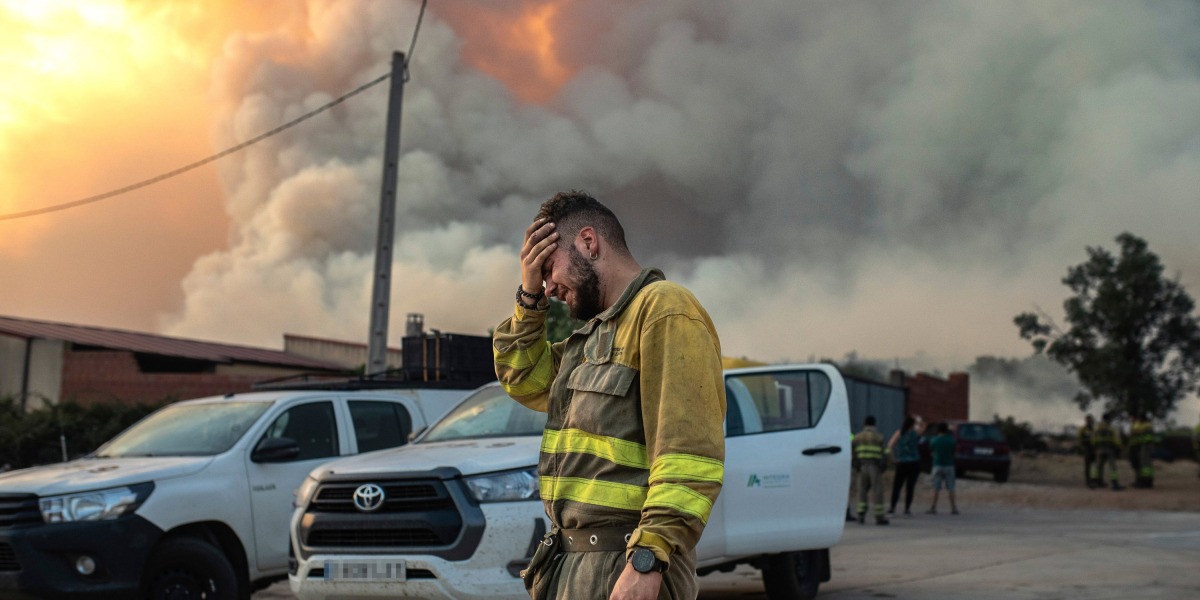
Scientists simply have had too short of a time period with a climate system warmed by human actions to determine the answers to those sorts of questions.
“There’s a lot of uncertainty when it comes to these unprecedented and record-shattering events,” said Flavio Lehner, assistant professor of earth and atmospheric sciences at Cornell, in an email. “You can’t, with the highest confidence, say the models get this or don’t get this,” when it comes to certain extreme events.
What other forces could be contributing to very hot heat waves?
A variety of researchers are exploring the degree to which certain forces could be exacerbating heat waves, and whether they are accurately represented in the models today, Lehner says.
Those include potential feedback effects, such as the drying out of soil and plants in some regions. Beyond certain thresholds, this can accelerate warming during heat waves, because energy that would otherwise go into evaporating water goes to work warming the air.
Another open scientific question is whether climate change itself is increasing the persistence of certain atmospheric patterns that are clearly fueling heat waves. That includes the buildup of high-pressure ridges that push warm air downward, creating so-called heat domes that hover over and bake large regions.
Both forces may have played a major role in fueling the Pacific Northwest heat wave last year, according to one forthcoming paper. In Europe, researchers have noted that a split in the jet stream and warming ocean waters could be playing a role in the uptick in extreme heat events across the continent.
Why didn’t the scientists warn us properly?
Ugh. Some publications have actually printed words to this effect, in response to increasingly extreme weather events.
But, to be clear, scientists have been sounding the alarm for decades, in every way they could, that climate change will make the planet warmer, weirder, harder to predict, and in many ways more dangerous for humans, animals, and ecosystems. And they’ve been forthright about the limits of their understanding. The chief accusation they’ve faced until recently (and still do, in many quarters) is that they are doomsday fearmongers overstating the threat for research funding or political reasons.
Real-world events highlighting shortcomings in climate models, to the degree they have, don’t amount to some “aha, gotcha, scientists were wrong all along” kind of revelation. They offer a stress test of the tools, one researchers eagerly use to refine their understanding of these systems and the models they’ve created to represent them, Lehner says.
Chris Field, director of the Stanford Woods Institute for the Environment, put it bluntly, in a letter responding to the New York Times’ assertion that “few thought [climate change] would arrive so quickly”: “The problem has not been that the scientists got it wrong. It has been that despite clear warnings consistent with the evidence available, scientists dedicated to informing the public have struggled to get their voices heard in an atmosphere filled with false charges of alarmism and political motivation.”
